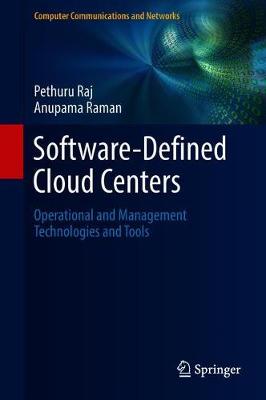Computer Communications and Networks
2 total works
High-Performance Big-Data Analytics
by Pethuru Raj, Anupama Raman, Dhivya Nagaraj, and Siddhartha Duggirala
This practical text/reference provides an exhaustive guide to setting up and sustaining software-defined data centers (SDDCs). Each of the core elements and underlying technologies are explained in detail, often supported by real-world examples. The text illustrates how cloud integration, brokerage, and orchestration can ensure optimal performance and usage of data resources, and what steps are required to secure each component in a SDDC. The coverage also includes material on hybrid cloud concepts, cloud-based data analytics, cloud configuration, enterprise DevOps and code deployment tools, and cloud software engineering.
Topics and features: highlights how technologies relating to cloud computing, IoT, blockchain, and AI are revolutionizing business transactions, operations, and analytics; introduces the concept of Cloud 2.0, in which software-defined computing, storage, and networking are applied to produce next-generation cloud centers; examines software-defined storage for storage virtualization, covering issues of cloud storage, storage tiering, and deduplication; discusses software-defined networking for network virtualization, focusing on techniques for network optimization in data centers; reviews the qualities and benefits of hybrid clouds, that bridge private and public cloud environments; investigates the security management of a software-defined data center, and proposes a framework for managing hybrid IT infrastructure components; describes the management of multi-cloud environments through automated tools, and cloud brokers that aim to simplify cloud access, use and composition; covers cloud orchestration for automating application integration, testing, infrastructure provisioning, software deployment, configuration, and delivery. This comprehensive work is an essential reference for all practitioners involved with software-defined data center technologies, hybrid clouds, cloud service management, cloud-based analytics, and cloud-based software engineering.
